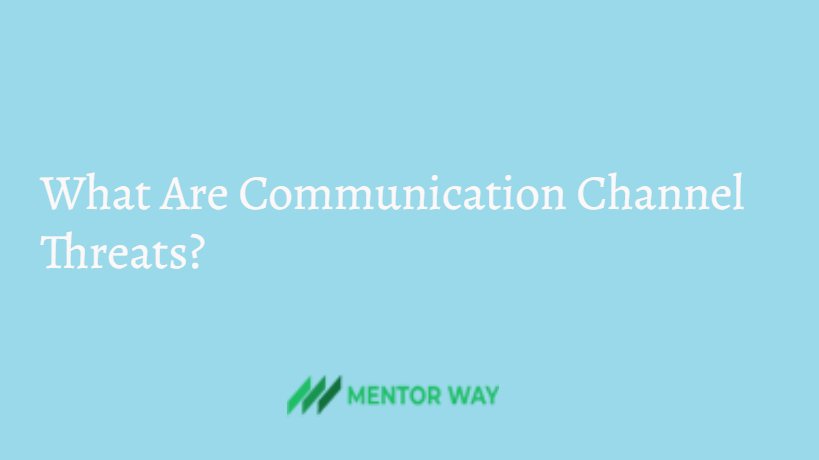What Are Communication Channel Threats?

The Internet serves as the electronic chain linking a consumer to an electronic commerce resource. The Internet is not at all secure. Messages travel in any number of different paths from the source node to the destination node.
The messages then passed through any number of intermediate computers and the path can very each time a message is sent. It is impossible to guarantee that every computer on the Internet through which messaged pass is safe, secure and non-hostile. It is very likely that some person can reach the message, alter the contents or completely eliminate it from the network.
Types Of Communication Channel Threats
Communication Channel Threats are:
-
Secrecy Threats:-
Secrecy threats refer to the threats of unauthorized information disclosure and authentication of the source.
Privacy is the protection of individual rights to nondisclosure. Theft of sensitive or personal information is a significant danger. You IP Address and browser you use is continually revealed while on the web.
Thus the primary fear of conducting electronic commerce is the fear of theft of sensitive personal information, including credit card numbers, names, addresses and personal preferences. Special software applications called sniffer programmes provide the means to tap into the Internet and record information that passes through a particular computer while traveling from its source to its destination
-
Integrity Threats:-
Integrity threats refer to the unauthorized modification of data in the Internet channel.
-
Active Threats:-
Active wiretapping takes place when an unauthorized person gets access to the signals carrying the e-commerce message, for example, by tapping the telephone wires and changing the content of the message stream of information. This affects the integrity of the data and makes it unreliable.
-
Cyber vandalism:-
Cyber vandalism takes place when an unauthorized person changes the content of a Web page, destroys it, defaces it, or replaces a Web site’s regular content with their own, for example, hacking into the server of the website.
-
Masquerading:-
Here someone pretends to be someone else. This can be done by means of spoofing. Someone creates a fictitious website in place of the real one so as to spoof website visitors. All orders to the real website are then redirected to the fake website where the orders are changed before passing on to the real website.
Subsequent accesses will then appear to come from a particular domain, when in fact the person accessing the web does not know that he\she can alter a URL on the web page so that later accesses appear as if they were handled by a trusted site, when in fact they are not.
-
Necessity Threats:-
The purpose of necessity threats (delay, denial or denial-of-service), is to disrupt normal computer processing or delay processing entirely. A computer that has experienced a necessity threat slows processing to an intolerable speed and this will encourage customers to go to the websites of competitors.
Hope you like this article.Keep visiting Mentor Way for more articles like this.



